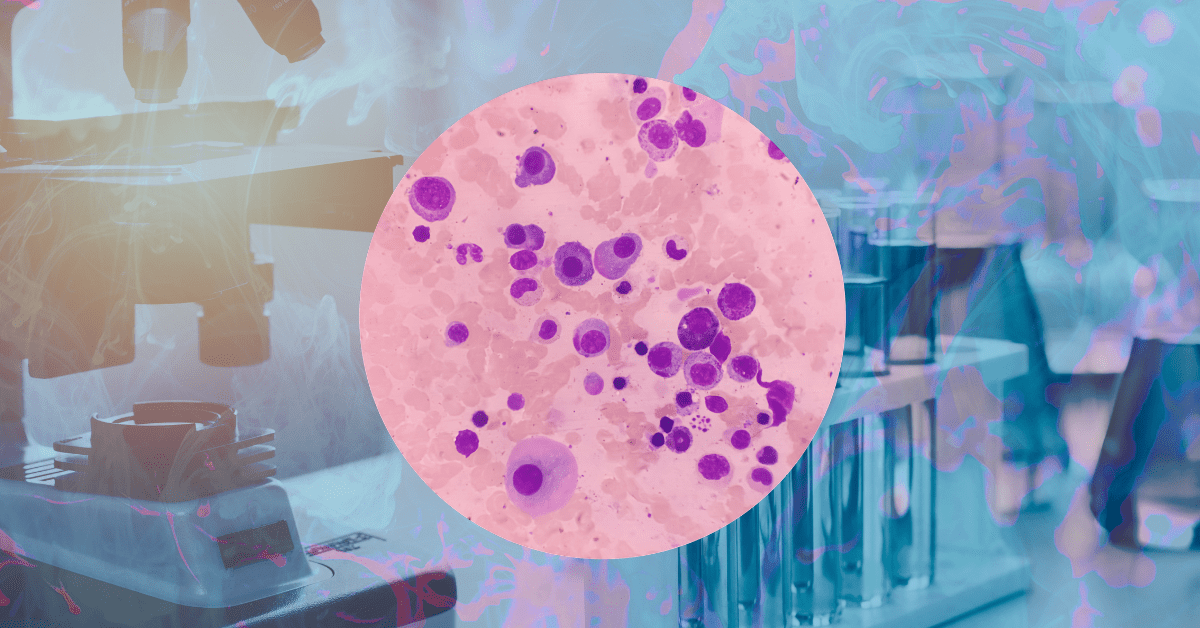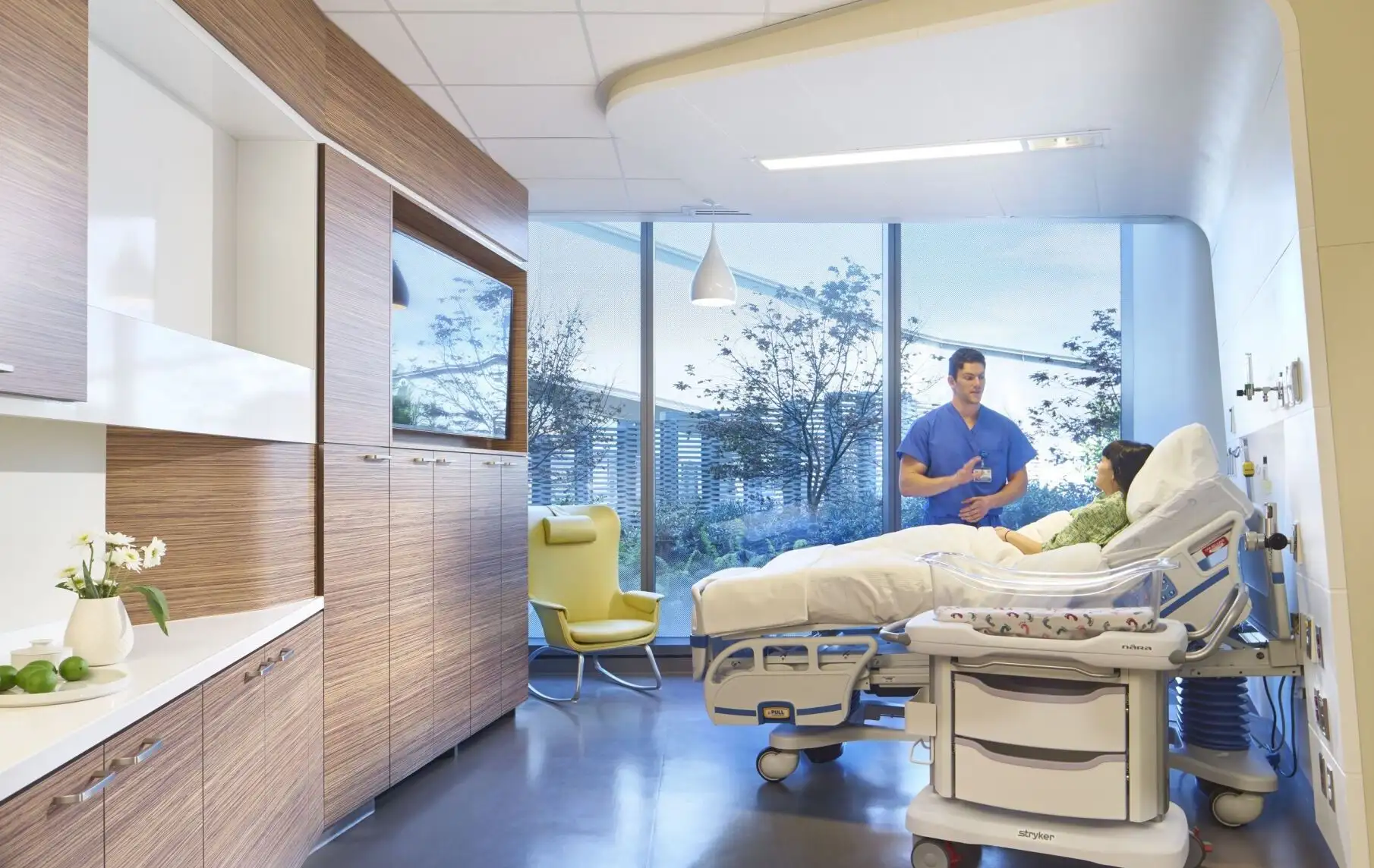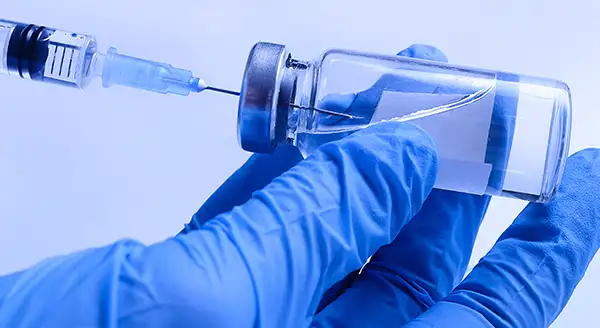Back in March, shortly after Pfizer CEO Albert Bourla signed a partnership with German biotech firm BioNTech to create a COVID-19 vaccine, researchers told him that the project couldn’t be completed until mid-2021.

As recounted by the Wall Street Journal, Bourla replied, “Sorry, this will not work… People are dying.”
Bourla’s urgency expedited Pfizer’s vaccine timeline. And after receiving emergency authorization from the FDA, the drugmaker began administering doses on Monday.
Bourla trained as a vet and joined Pfizer in the mid-90s
The Greek-born Bourla started in animal health but held numerous positions — including a stint as Pfizer’s global vaccine chief — before taking over as CEO on Jan. 1, 2019.
Early in the pandemic, Bourla’s demands “bordered on the unreasonable.”
Per the WSJ, Mike McDermott, who runs Pfizer’s global manufacturing operation, told Bourla, “What we’re doing is already a miracle.” But Bourla managed to squeeze more out of an already overworked staff, pressing team members to increase production by 10x.
An all-hands-on-deck effort
This pressure resulted in several breakthroughs:
- Finding the vaccine: Pfizer tested multiple versions of the novel mRNA vaccine, held daily communications with the FDA, and tested animals and humans in parallel.
- Manufacturing the vaccine: Starting in March, Pfizer plunked down $500m (2x initial projections) to set up an mRNA plant; in April, the firm spent another $1.4B on 7 special mRNA manufacturing machines.
Altogether, the company spent $2B+ prior to FDA approval. And because the company didn’t take government money, the trial process wasn’t slowed down by federal agencies other than the FDA.
Vaccine production started in mid-August
Bourla set a target of 100m doses by October and wanted the company to be ready in the event a government agency gave the green light.
In November, Pfizer announced its vaccine was 90%+ effective with a production capacity of 50m doses — half of Pfizer’s original target.
But for a process that usually takes a decade, it’s a huge achievement. And there’s more to come: the company has plans to ramp up production to 1B+ by the end of 2021.











